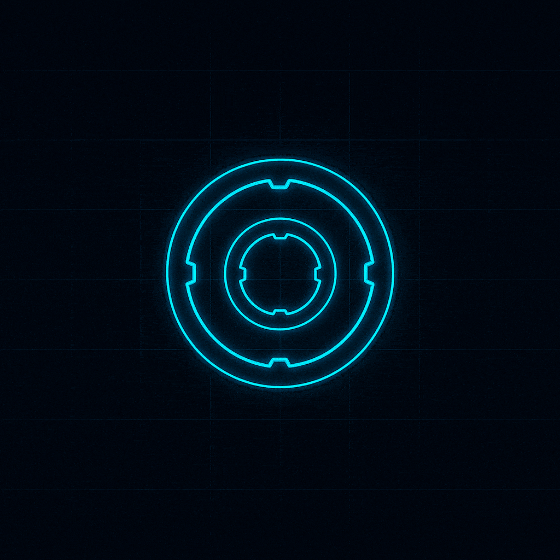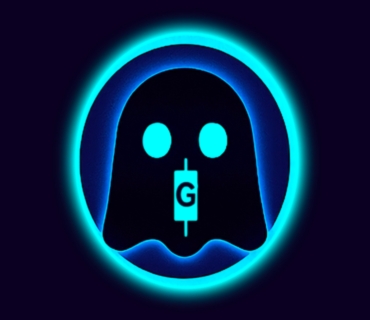What Is Layer 1 vs. Layer 2 Blockchain?
Layer 1 and Layer 2 refer to different levels of blockchain architecture.
They describe how blockchain networks are structured to handle transactions, security, and scalability.
A Layer 1 blockchain is the base network itself — such as Bitcoin, Ethereum, XRP Ledger, Stellar (XLM), Hedera (HBAR), or XDC Network.
A Layer 2 blockchain is a secondary framework built on top of a Layer 1 network to improve its speed, reduce costs, or add new features — examples include Lightning Network, Polygon, and Arbitrum.
Understanding Layer 1
Layer 1 is the foundation of a blockchain ecosystem. It manages the core functions — consensus, transaction validation, and security — directly on its base protocol.
When you send Bitcoin or interact with Ethereum’s mainnet, you’re using Layer 1. These systems operate fully on-chain and do not rely on any external processing network.
Examples of Layer 1 Blockchains:
-
Bitcoin (BTC): Focuses on security and decentralization through Proof of Work.
-
Ethereum (ETH): Enables smart contracts and decentralized applications (dApps).
-
XRP Ledger (XRPL): Provides ultra-fast settlement for global payments.
-
Stellar (XLM): Specializes in cross-border remittances and asset issuance.
-
Hedera (HBAR): Uses Hashgraph consensus for high-speed, low-fee transactions.
-
XDC Network: Enterprise-ready Layer 1 optimized for trade finance and ISO 20022 integration.
The Scalability Problem
Layer 1 blockchains, though secure and decentralized, face a scalability challenge — meaning they can’t process enough transactions per second (TPS) to handle mass adoption.
For example:
-
Bitcoin handles about 7 TPS.
-
Ethereum before upgrades handled about 15–30 TPS.
-
Visa handles over 24,000 TPS for comparison.
To solve this bottleneck, developers began building Layer 2 solutions that process transactions off-chain and then record the results back onto the main chain securely.
Understanding Layer 2
Layer 2 is an overlay system built on top of Layer 1. It doesn’t replace the base blockchain—it enhances it.
Layer 2 solutions move most of the transaction workload away from the main chain, reducing congestion and transaction fees while maintaining the underlying security of Layer 1.
Examples of Layer 2 Solutions:
-
Lightning Network (Bitcoin): Enables instant, low-fee Bitcoin payments through off-chain channels.
-
Polygon (Ethereum): A sidechain that supports faster and cheaper transactions for Ethereum dApps.
-
Arbitrum & Optimism (Ethereum): Use “rollups” to bundle multiple transactions into one, improving efficiency.
-
Hashport Bridge (Hedera): Facilitates cross-chain interoperability for token transfers.
How the Two Layers Work Together
Layer 1 provides trust and security, while Layer 2 provides speed and scalability.
When combined, they allow blockchains to handle global demand without sacrificing decentralization or transparency.
Here’s a simplified breakdown:
-
Layer 1 = Settlement layer (where final truth is stored)
-
Layer 2 = Execution layer (where activity happens faster and cheaper)
Think of it like the Internet: the physical network cables are Layer 1, while web applications like browsers and platforms that make it easier to use are Layer 2.
The Future of Layer 1 and Layer 2
As blockchain adoption grows, both layers will evolve together:
-
Layer 1s are adopting upgrades like sharding and Proof of Stake to scale naturally.
-
Layer 2s are becoming more advanced with zero-knowledge proofs (ZK-Rollups) and cross-chain communication tools.
The goal is a future where millions of users can interact with blockchain applications without ever noticing the layers underneath.
Summary
A Layer 1 blockchain is the main chain that records and secures transactions.
A Layer 2 blockchain is built on top to make the system faster and more efficient.
Together, they solve the blockchain trilemma — the balance between security, scalability, and decentralization — paving the way for a truly global and accessible decentralized economy.



Add comment
You must be logged in to post a comment.